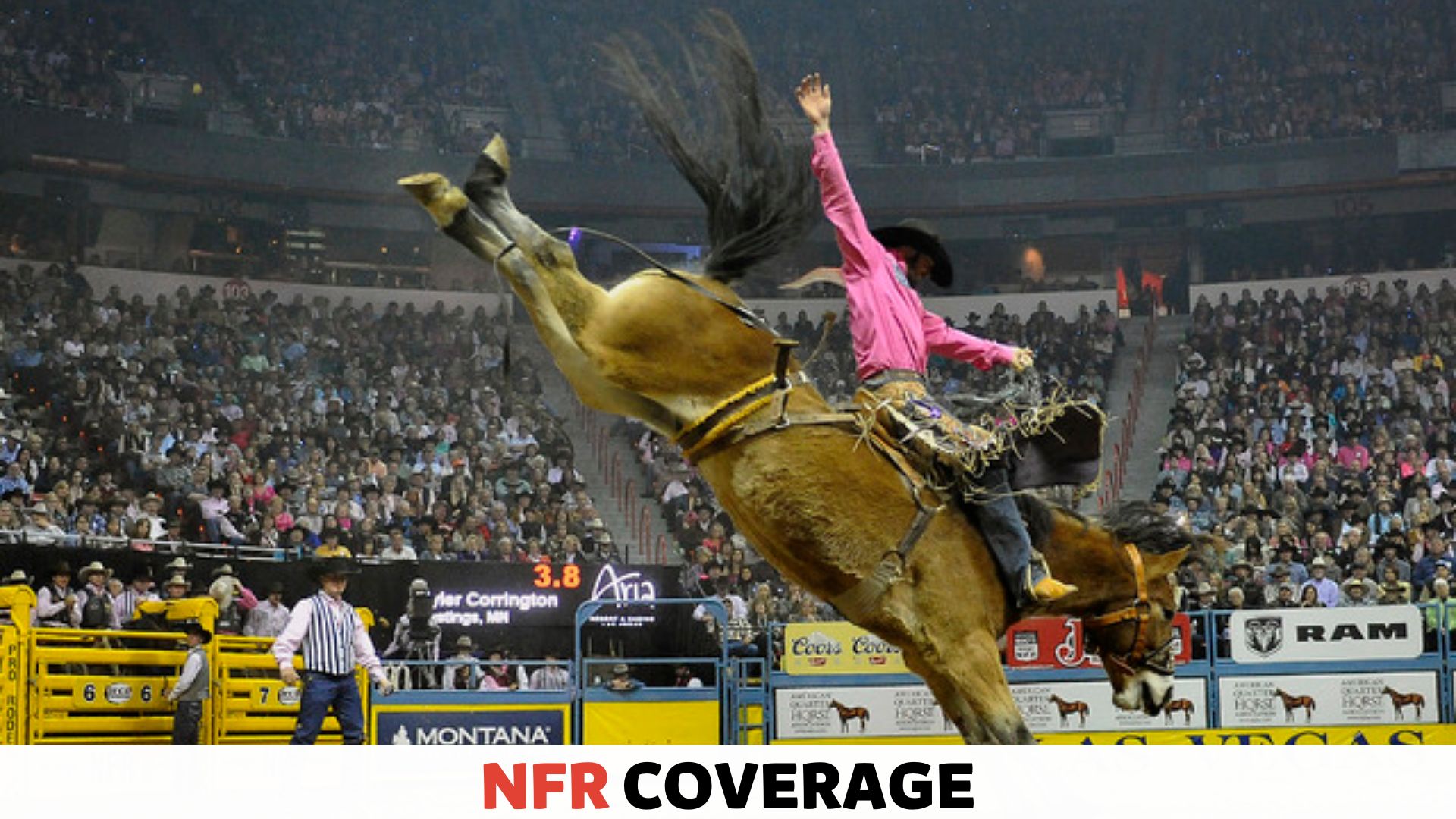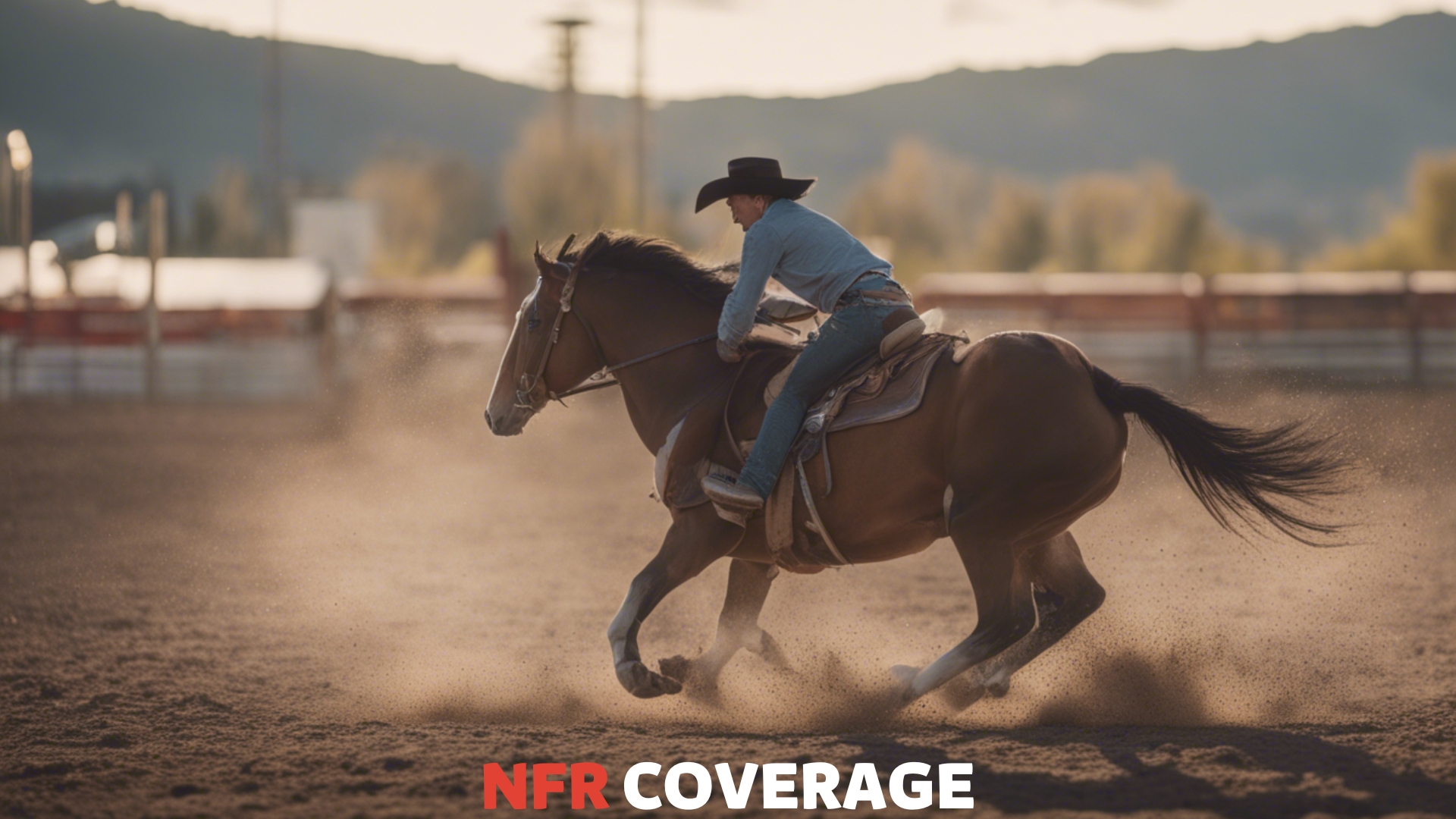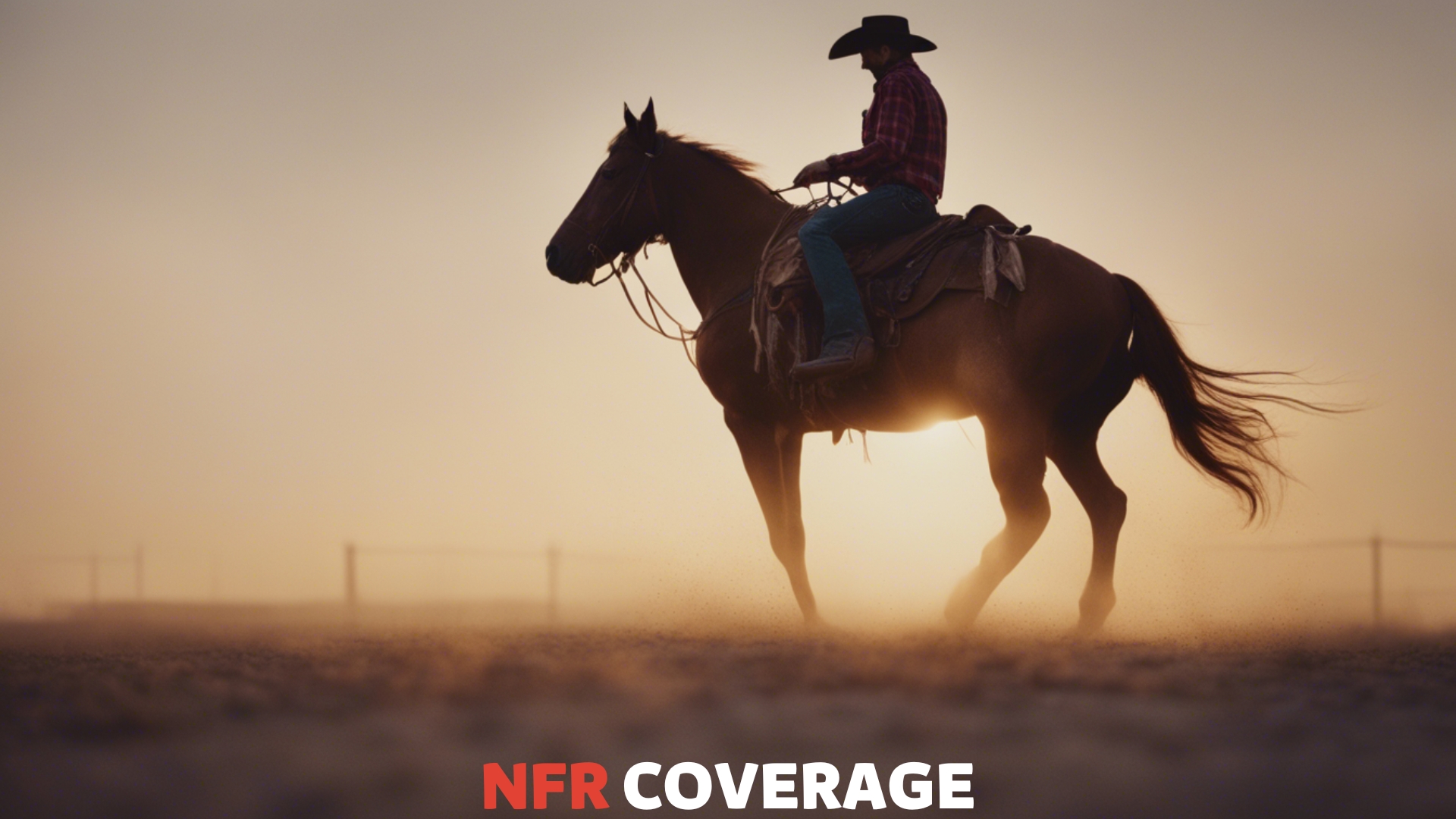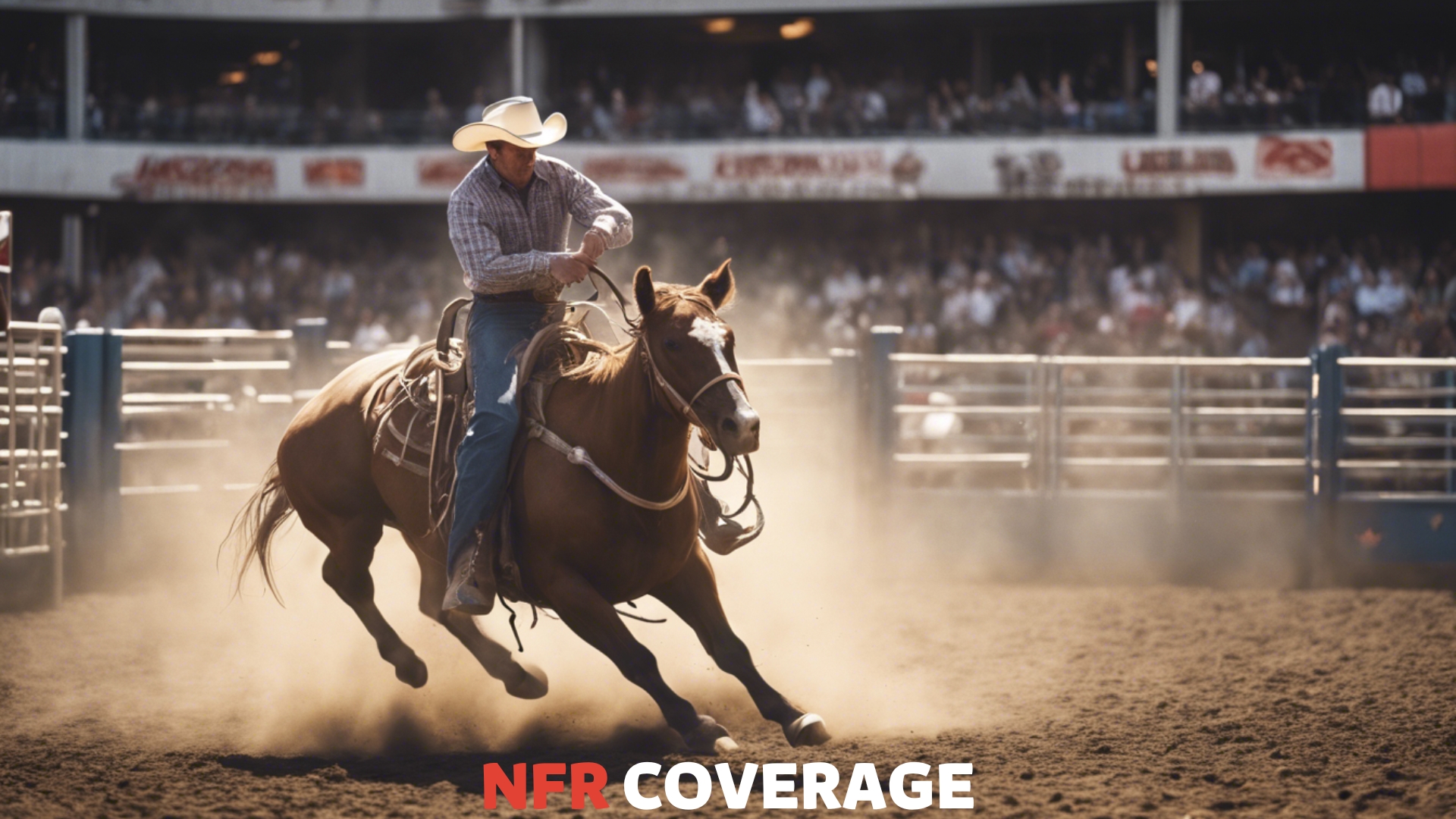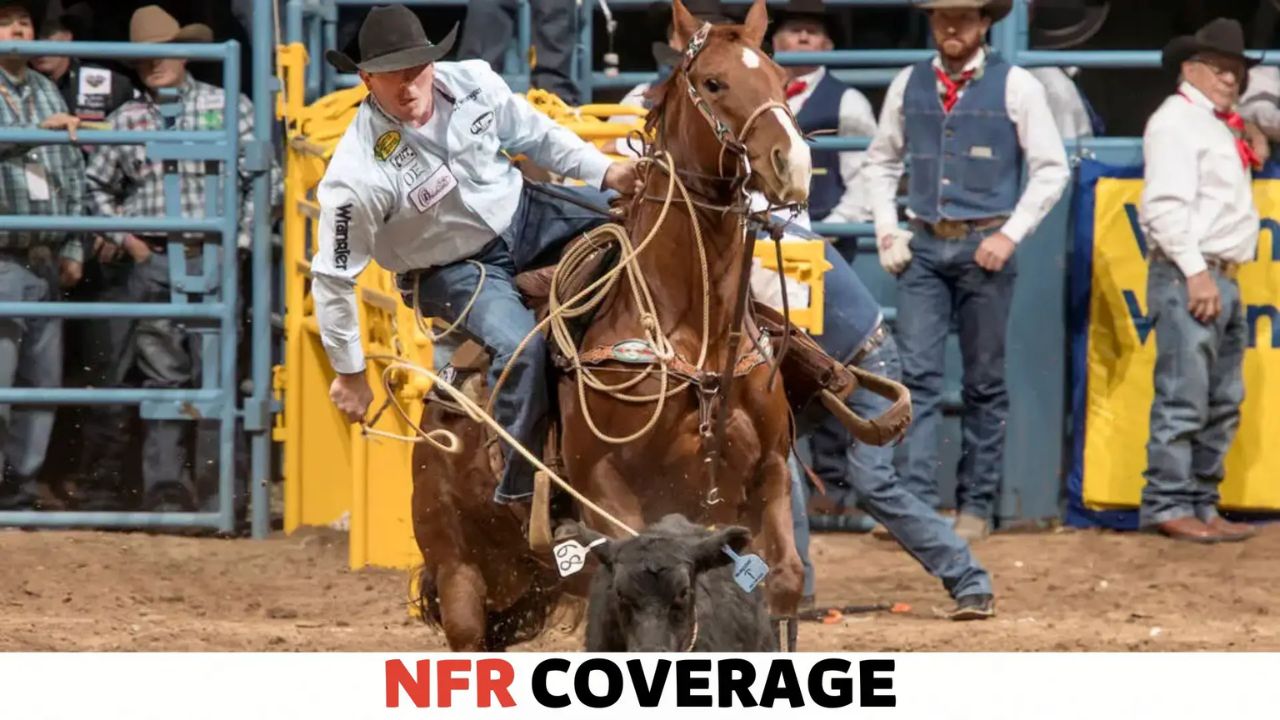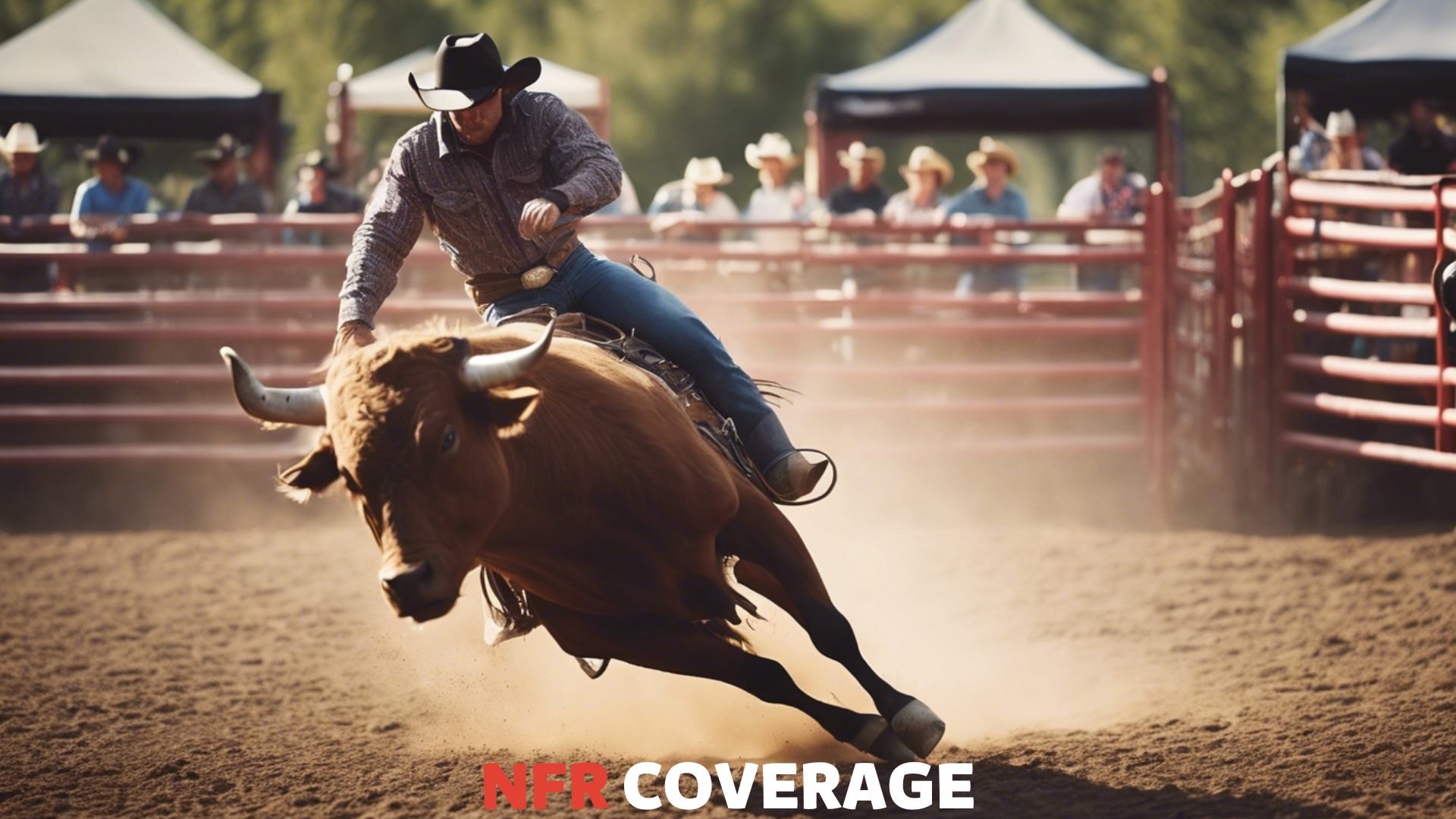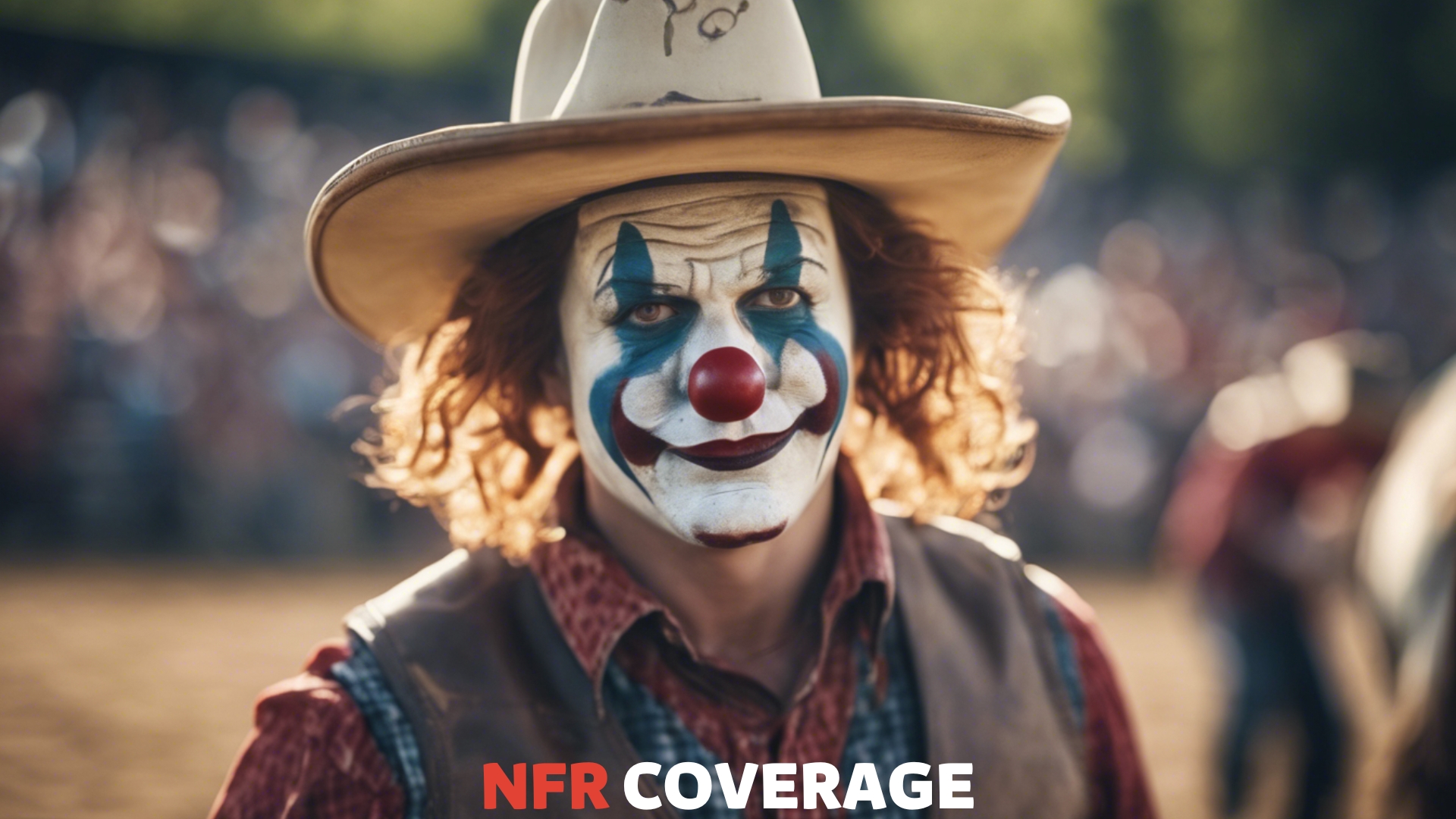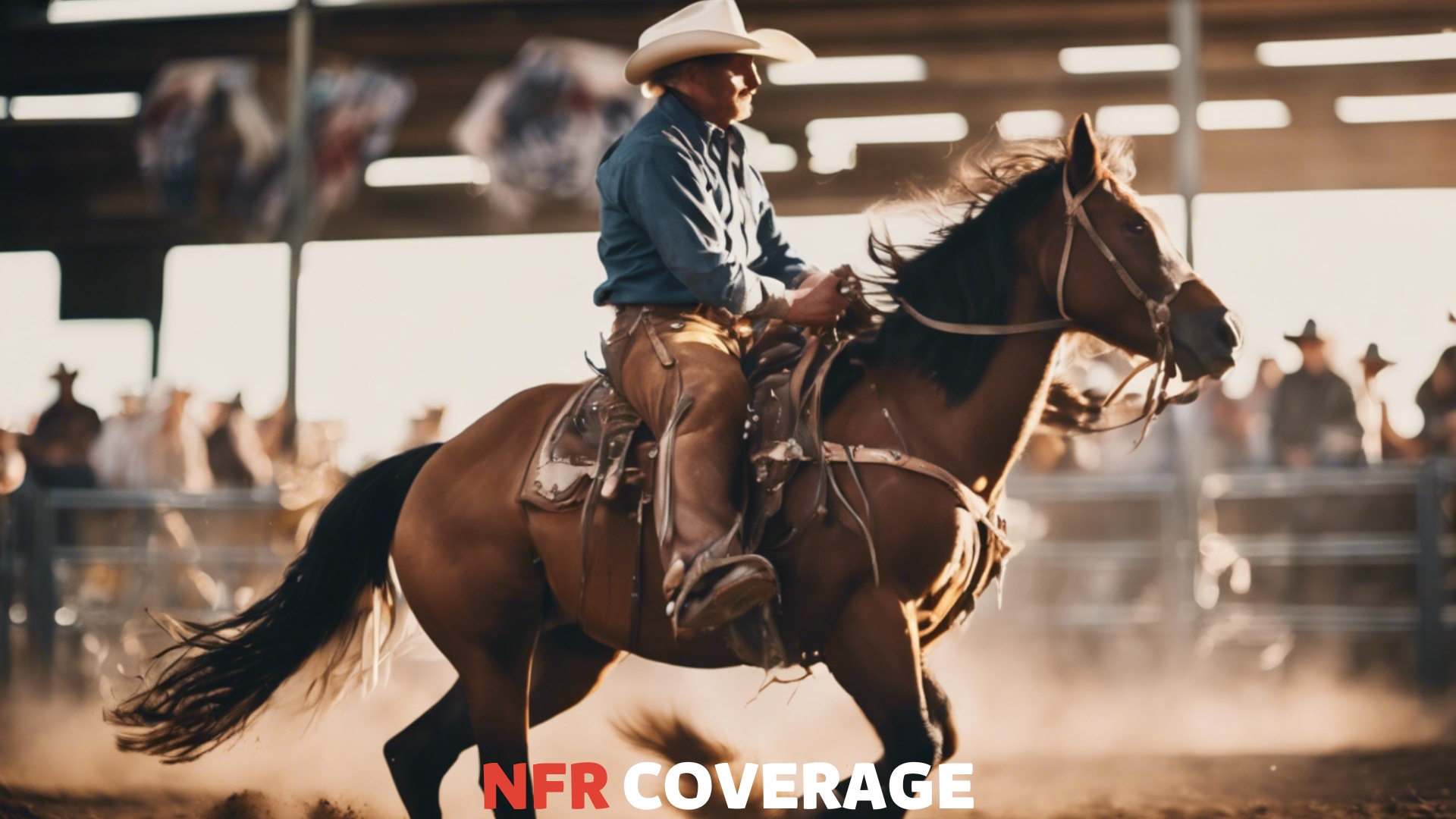A rodeo is a competitive sport involving horse riding, roping, and other ranch-related skills. It showcases the talents and traditions of cowboys and cowgirls.
Rodeos have deep roots in cattle herding practices of Spain, Mexico, and the American West, evolving into the thrilling spectator events we see today. Cowboys and cowgirls compete in various events that test their skills in handling livestock, often in a festival-like atmosphere.
Events such as bull riding, steer wrestling, and barrel racing are staple competitions, drawing crowds that appreciate the blend of sportsmanship and Western lifestyle. The word “rodeo” itself stems from the Spanish term for “round up,” reflecting its heritage.
Emphasizing speed, strength, and agility, rodeos celebrate the expertise needed to manage cattle on open ranges and have become a global cultural phenomenon with a rich competitive scene.
Tracing the Roots of Rodeo
The word ‘rodeo’ sparks images of cowboys, bulls, and daring feats of horsemanship. But where did this captivating tradition originate?
Let’s explore the fascinating history behind one of America’s greatest pastimes.
From Spanish Influences to American Tradition
Rodeo’s lineage begins in Spain, crossing into the New World with conquistadores. Spanish ranchers, known as ‘vaqueros,’ showcased their riding and roping skills in competitions on Mexican soil. These gatherings formed the bedrock of today’s rodeo.
- Vaqueros’ skills transferred to Native Americans and settlers.
- Rodeo gained popularity as ranch-hand entertainment.
- Wild West Shows turned local contests into national spectacles.
Evolution of Rodeo Activities
Rodeo evolved from simple competitions to organized events with thrilling activities. Let’s look at how rodeo activities transformed into the beloved sport we know today.
| Early Activities | Modern-Day Rodeo |
| Herding cattle | Team Roping |
| Breaking wild horses | Saddle Bronc Riding |
| Bull riding | Bull Riding with a scoring system |
| Simple roping | Tie-down Roping and Steer Wrestling |
Each rodeo activity showcases courage, skill, and precision. They celebrate the grit of early ranch life while entertaining audiences across the globe.
The Cultural Significance of Rodeo
The cultural significance of rodeo extends well beyond the thrill of spectating. This sport deeply anchors traditions that reflect the essence of bygone eras. It’s a living history, showcasing skills from a lifestyle that shaped much of North America.
Rodeo As a Reflection of Cowboy Heritage
Rodeo’s roots are firmly planted in the everyday tasks of historic cowboys. These skilled horsemen herded cattle across vast terrains and developed roping, riding, and other techniques essential for their livelihood.
Rodeos became a way to test these skills, transforming routine work into a competitive and entertaining spectacle.
- Cattle roping mirrored the capture and restraint of livestock on the open range.
- Bull riding evolved from the daredevil stunts performed by ranch hands.
- Barrel racing showcased the agility and speed integral to successful ranch work.
Modern Rodeo and Its Role in Preserving History
Today’s rodeos serve as a bridge to the past. They honor the perennial cowboy spirit with a nod to modern sensibilities. By keeping time-honored traditions alive, rodeos ensure that history is not forgotten.
| Rodeo Event | Historical Significance |
| Bull Riding | Testing courage and skill akin to taming the Wild West. |
| Steer Wrestling | Mimicking the takedown of livestock for branding. |
| Saddle Bronc Riding | It originated from breaking in wild horses for ranch use. |
Educational programs and heritage centers often accompany modern rodeos, further cementing their role in cultural preservation. Youth events teach new generations the values of hard work, animal care, and respect for this rich history.
Critical Elements of a Rodeo
The heart of a rodeo beats with intense energy and tradition. Rodeos showcase the skills and grit of cowboys and cowgirls in a thrilling array of events stemming from cattle herding practices.
Each event in a rodeo carries its unique flair, challenging the participants in different aspects of speed, strength, and strategy. Below, explore the key components that bring the legendary rodeo to life.
Classic Rodeo Events and Competitions
Rodeos are packed with action, featuring events that date back to the Old West. Contestants compete for titles and prizes, pushing their limits. Key events include:
- Bareback Riding: Riders only hold on to a bucking horse with leather rigging.
- Steer Wrestling: Cowboys race to tackle a steer to the ground by its horns.
- Team Roping: Two riders rope a steer by its head and hind legs.
- Saddle Bronc Riding: Similar to bareback, but with a specialized saddle.
- Tie-down Roping: A calf is roped and tied as quickly as possible.
- Barrel Racing: Riders navigate a cloverleaf pattern around barrels at high speed.
- Bull Riding: The ultimate test of endurance, riders attempt to stay atop a bucking bull.
The Role of Livestock in Rodeo
Livestock are rodeo stars in their own right. They challenge their competitors and draw crowds with their power and grace. Key roles include:
| Animal | Role |
| Bucking Horses | Challenge riders in bareback and saddle bronc events. |
| Bulls | Test rider endurance in bull riding. |
| Steers | Target of steering wrestling and team roping. |
| Calves | Used in tie-down roping events. |
| Barrel Horses | Trained for agility and speed in barrel racing. |
The Rodeo Circuit Explained
The Rodeo Circuit Explained section delves into the thrilling world of rodeos. It covers the journey from local rings to big-name championships. Vital for understanding the different levels at which cowboys and cowgirls compete, it offers insights into the structure of the sport.
Understanding Professional Rodeo Tours
The pinnacle of rodeo competition is the professional tour. Cowboys and cowgirls earn points across events. These include bull riding, barrel racing, and steer wrestling.
Those at the top compete in prestigious championships. The Professional Rodeo Cowboys Association (PRCA) and Women’s Professional Rodeo Association (WPRA) are key organizations. They sanction and organize events across the circuit.
- PRCA tours span the United States.
- Riders earn spots in the National Finals Rodeo (NFR).
Elite tour stops are essential for rankings. The Wrangler NFR in Las Vegas is the season’s crown jewel. PRO Rodeo Hall of Fame honors the sport’s most significant contributors.
Amateur and Local Rodeo Scenes
Not all rodeos operate on a professional level. Many competitors start in the amateur arena. Local and regional rodeos provide essential experience.
They also maintain rodeo traditions in rural communities. Competitions can range from high school rodeos to intercollegiate challenges.
- High school rodeos nurture young talent.
- Intercollegiate rodeos bridge the gap to professional circuits.
The amateur circuit can lead to a professional career. It serves as a training ground. It nurtures community spirit and supports local economies. Amateur rodeos often involve family and regional heritage.
Rodeo Gear and Attire
Step into the rodeo world, where gear is not just a fashion statement. It’s essential for performance and protection. Cowboys and cowgirls dress to impress while also dressing to compete.
The rodeo attire, from boots to hats, is designed to serve a purpose. Let’s saddle up and dive into the unique world of rodeo gear.
Functional and Symbolic Cowboy Outfits
Cowboy outfits are more than just clothes. They are full of history and pride.
Each piece has a story and a reason for being worn. Look at what makes these outfits both functional and symbolic.
- Cowboy Hats protect from the sun and are a symbol of the West.
- Western Shirts are durable, with snap buttons to avoid snags.
- Jeans are rugged and fitted to avoid saddle chafing.
- Chaps protect legs from injury during rough rides.
- Boots have heals to keep feet in stirrups.
Safety Equipment for Rodeo Athletes
The rodeo is thrilling but dangerous. Athletes gear up to stay safe.
Safety equipment is vital for every rough stock event. Here is the essential safety gear worn by rodeo athletes.
| Gear | Function |
| Helmet | Protects head from impacts. |
| Vest | Shields torso from trampling. |
| Gloves | Improves grip; protects hands. |
| Boots | Support ankles; prevent slips. |
| Knee Guards | Cushion knees during falls. |
Contemporary Issues Surrounding Rodeo
The world of rodeo has long been celebrated as a high-octane blend of skill, bravery, and tradition. Despite its historical roots and cultural significance, rodeo faces contentious debates in today’s society.
These debates revolve around animal welfare concerns and the sport’s ability to evolve with changing societal values. Here, we delve into the pressing issues that continue to spur discussions amongst fans and critics alike.
Animal Welfare and Ethical Considerations
Rodeos often ignite fierce debates over the treatment of animals. Critics call attention to the stress and risk of injury animals face in events. Supporters argue for the upholding of standards and respect for animal participants. Consider the following points:
- Advocacy: Animal rights groups push for stricter regulations.
- Regulatory Actions: Some regions implement laws for animal safety in rodeos.
- Rider Responsibility: Riders and organizers often highlight their care and handling measures for animals.
Rodeo’s Adaptation to a Changing World
In an era of rapid change, the rodeo industry seeks to modernize while respecting its roots. The balance is delicate, but key areas of focus include:
- Inclusive Events: Rodeos increasingly feature events for diverse competitors, including women and international riders.
- Technology Integration: Innovations like improved protective gear and real-time scoring updates enhance safety and spectator experience.
- Eco-Friendly Practices: Rodeos adopt sustainable practices and reduce their environmental footprint.

Frequently Asked Questions
What Exactly is a Rodeo?
A rodeo is a competitive sport that involves horse riding, roping, and other livestock-related events to test the skills of cowboys and cowgirls.
How Did Rodeos Originate?
Rodeos originated from the working practices of cattle herding in Spain, Mexico, and later the United States, evolving into a public spectacle and sport.
What Events Take Place At Rodeos?
Typical rodeo events include bull riding, saddle bronc riding, bareback riding, steer wrestling, and team roping.
Can Anyone Participate in a Rodeo?
Professional organizations often govern participation in rodeos, but amateur rodeos may allow more open entry for competitors.
Are Rodeos Safe for Animals?
Rodeos implement various safety measures, but the debate on animal welfare continues, with some viewing it as a sport and others as potential cruelty.
Conclusion
Exploring the rich tapestry of rodeo reveals its deep cultural roots and thrilling spectacle. The word itself captures a universe of courage, skill, and tradition. Embrace the rodeo’s essence, and you unlock a celebration of heritage that continues to awe and inspire.
Cherish the legacy, and keep the spirit of the Old West alive.








